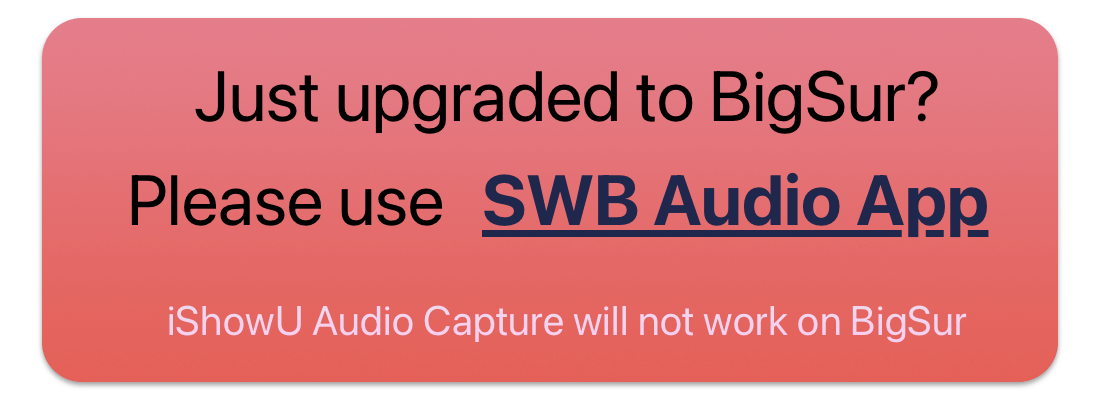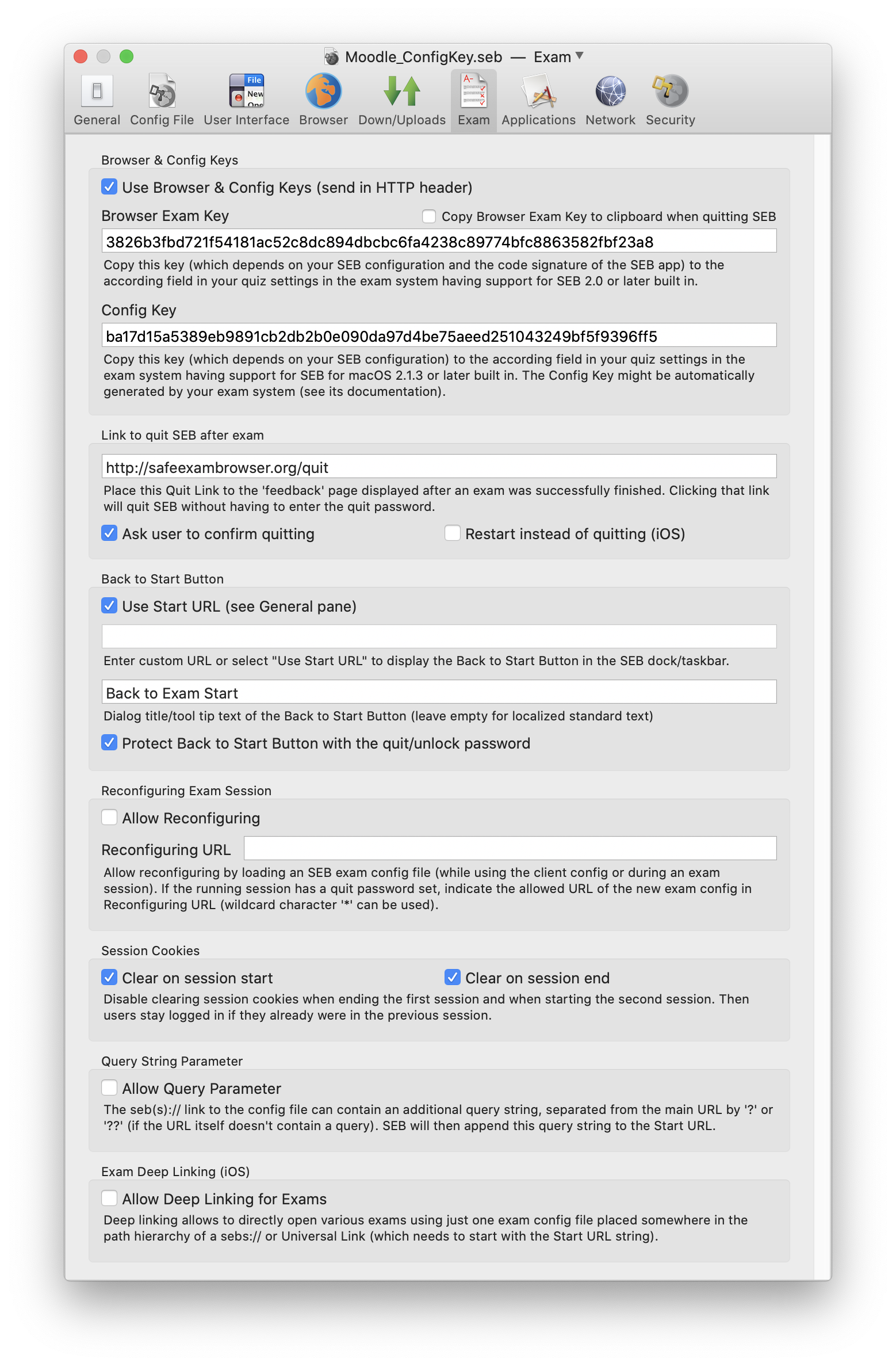

- #Mac osx make app quit prompting for open on limited user for mac
- #Mac osx make app quit prompting for open on limited user update
- #Mac osx make app quit prompting for open on limited user trial
- #Mac osx make app quit prompting for open on limited user free
- #Mac osx make app quit prompting for open on limited user mac
That’s fine! And a free application called RedQuits let’s you do just that. Maybe you love macOS generally, but really want programs to completely close when you click the red “close” button. But you can disagree! Just Make It Act Like Windows! Personally, I think both are compelling for different reasons, and the application-based approach makes sense inside the broader framework of macOS. You can argue that one approach is better, or worse, if you like. Decades of Windows dominance means that even alternative operating systems, including most Linux distros, operate on the window-equals-application mentality.
#Mac osx make app quit prompting for open on limited user mac
To anyone who stuck with the Mac ecosystem, it’s the Windows way of doing things that seems weird today.īut that’s not true for most users.
#Mac osx make app quit prompting for open on limited user for mac
The macOS approach to closing applications dates back to the 80s, and has been more or less consistent for Mac users that entire time. Exiting the process just because a window was closed didn’t make any sense at the time, because there would have been no other process to yield focus to. When you closed all the windows of an application, it made sense to keep the application open because you could always use the menu bar to create a new document, or open an existing one. It was perfectly reasonable for an application to open with no windows because the application always had a visible menu bar at the top of the screen. In the earliest days of the Macintosh, you could only run one application at a time. Stackexchange user wrosecrans outlined the history nicely back in 2010: From its inception, macOS has been process oriented, meaning that when you close a window the application stays open. The Mac way of doing things is older than the Windows way, because macOS has been around longer. In a way, this is like asking English people why they have an accent. Keep doing this, holding Cmd, until all the apps you want closed are gone. Keep holding Cmd, then use the arrow keys to select different applications, pressing “Q” to instantly close the currently selected application. If you want to close a bunch of applications at once, press Cmd+Tab to bring up the application switcher. It will take a bit of getting used to at first, but soon this will become second nature.Īlternatively, you can right-click its dock icon, then click “Quit”. If you want to actually close an application, click File > Quit in the menu bar, or press Cmd+Q while using the application. But in general, apps tend to follow these two trends for each platform. So neither operating system sticks to its given paradigm 100 percent, because each approach makes sense in certain contexts. On Windows, meanwhile, many applications keep running in the system tray after you close their windows. If the lock at the bottom left is locked, click it to unlock the preference pane. Some Mac applications, including System Preferences, close completely when you close their window. On your Mac, choose Apple menu > System Preferences, then click Users & Groups. There are exceptions to these rules, both on the Mac and on Windows systems. Calendar and Photoshop, meanwhile, are not open, which you can see by the lack of a dot. You can also see which applications are currently open by glancing at the dock. The dots below the Finder, Safari, and other icons above indicate that the applications are open. The idea is that I can quickly open a new website from the menu bar, if I want to. Restrictions and other terms apply.If I close the window, the menu bar options for Safari remain. Plan automatically renews until cancelled. Offer good for 3 months after eligible device activation. One subscription per Family Sharing group.


#Mac osx make app quit prompting for open on limited user update
Update to the latest version by going to Settings > General > Software Update. To access and use all the features of Apple Card, you must add Apple Card to Wallet on an iPhone or iPad with the latest version of iOS or iPadOS.
#Mac osx make app quit prompting for open on limited user trial
Plan automatically renews after trial until cancelled.

To get the newest features, use Apple Fitness+ with Apple Watch Series 3 or later, with watchOS 8 paired with iPhone 6s or later with iOS 15, iPad with iPadOS 15, Apple TV 4K or Apple TV HD with tvOS 15. Apple Fitness+ requires iOS 14.3 or later, iPadOS 14.3 or later, watchOS 7.2 or later, and tvOS 14.3 or later. An Apple Fitness+ subscription is required for all participants in a SharePlay Group Workout.


 0 kommentar(er)
0 kommentar(er)
